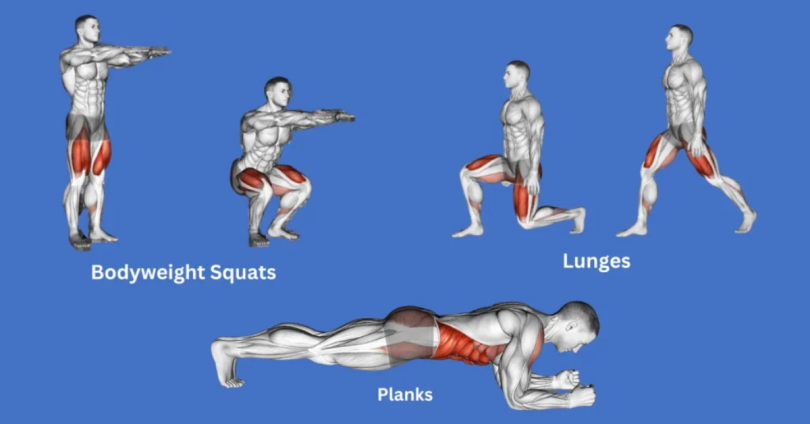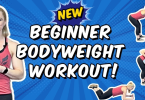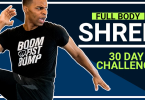Introduction
Home workouts have become increasingly popular, especially for beginners looking to start their fitness journey without the need for a gym membership. Home workout plans for beginners offer an accessible and flexible way to build strength, improve endurance, and stay consistent with fitness goals.
The benefits of starting a home workout routine are numerous:
- Convenience: Exercise anytime without commuting to a gym
- Cost-effectiveness: Minimal or no equipment required, saving money on memberships
- Flexibility: Tailor workouts to fit your schedule and fitness level
With the right guidance and structured plan, even beginners can achieve noticeable results from the comfort of their own home.
Why Home Workouts Are Perfect for Beginners
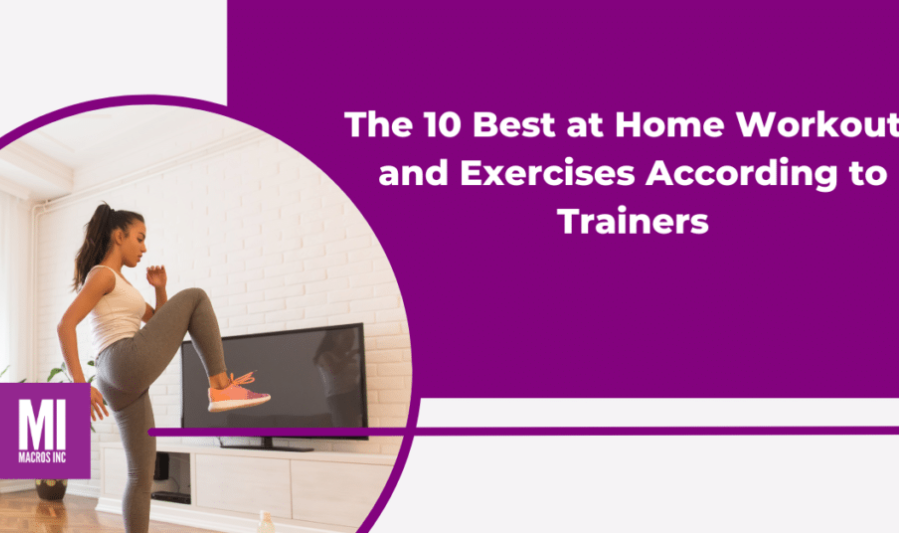
Starting a fitness journey can be intimidating, especially for those new to exercise. Home workouts provide the ideal environment for beginners to build confidence, develop habits, and progress at their own pace. Here’s why:
1. No Gym Membership Needed
- Home workouts eliminate the need for expensive gym memberships.
- Beginners can get started immediately with little to no equipment.
2. Adaptable to Any Fitness Level
- Exercises can be easily modified to match individual strength and endurance.
- Progressions allow beginners to start simple and gradually increase intensity.
3. Low-Pressure Environment for Learning Proper Form
- Working out at home removes the intimidation often felt in crowded gyms.
- Beginners can focus on mastering technique and form without feeling self-conscious.
4. Minimal Equipment Required
- Many effective workouts rely only on bodyweight exercises.
- Optional small equipment like resistance bands or dumbbells can enhance workouts without significant cost.
Summary
Home workouts are beginner-friendly because they are accessible, flexible, low-pressure, and cost-effective. With the right approach, beginners can safely build strength, stamina, and confidence from the comfort of their home.
Getting Started: Key Preparation Tips
Before diving into a home workout plan for beginners, proper preparation ensures safety, consistency, and long-term success. Here are the essential steps to get started:
1. Setting Realistic Fitness Goals
- Define clear, achievable goals based on your fitness level (e.g., building strength, improving endurance, or losing weight).
- Break long-term goals into smaller milestones to track progress and stay motivated.
2. Creating a Dedicated Workout Space at Home
- Choose a quiet, open area with enough room to move freely.
- Ensure proper lighting, ventilation, and a non-slip surface for safety.
- Keep basic equipment (yoga mat, resistance bands, dumbbells) accessible.
3. Importance of Warm-Up and Cool-Down Routines
- Warm-up: Prepares muscles, increases heart rate, and reduces injury risk (e.g., light jogging, dynamic stretches).
- Cool-down: Helps relax muscles and aids recovery (e.g., static stretches, deep breathing).
- Warm-up and cool-down are critical even for short home workouts.
4. Using a Fitness Tracker or Journal for Progress
- Track workouts, reps, duration, and personal achievements.
- Monitoring progress boosts motivation and helps adjust routines as fitness improves.
- Apps or simple journals can provide visual insight into improvements over time.
Summary
Proper preparation sets the foundation for a successful home workout journey. By setting goals, creating a safe space, warming up, and tracking progress, beginners can exercise effectively and build sustainable fitness habits.
Essential Equipment for Beginners (Optional)
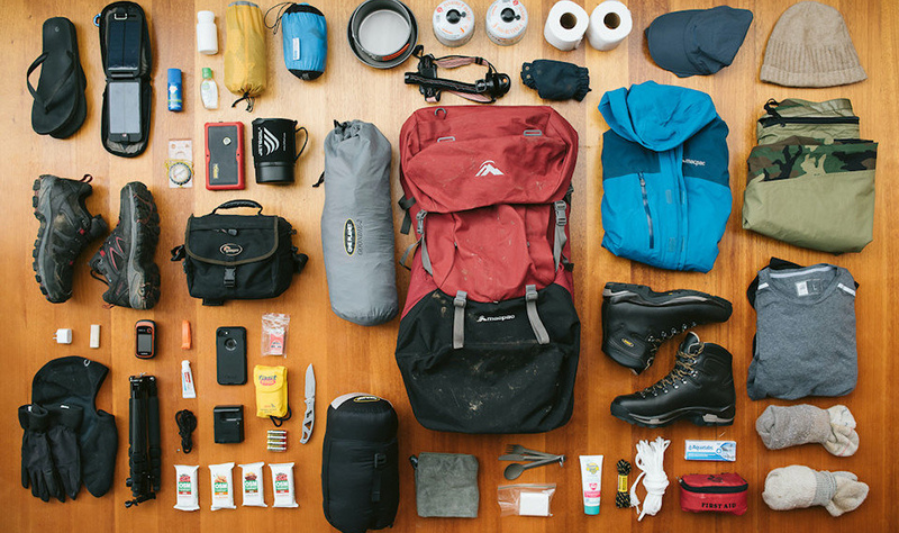
While home workouts can be effective with no equipment, having a few simple tools can enhance your routines, increase resistance, and make exercises more versatile. Beginners can start with these optional items:
1. Yoga Mat
- Provides cushioning for floor exercises like push-ups, planks, and stretches.
- Ensures a non-slip surface for safety during movement.
2. Resistance Bands
- Lightweight and portable, ideal for strength training and mobility exercises.
- Comes in various resistance levels to gradually increase difficulty.
3. Dumbbells
- Small dumbbells (2–10 kg) help add resistance for muscle toning.
- Can be replaced with household items like water bottles or canned goods if unavailable.
4. Jump Rope
- Excellent for cardio, improving coordination, and calorie burning.
- Easy to store and quick to use for short, high-intensity sessions.
5. Stability Ball
- Supports core exercises, improves balance, and strengthens stabilizing muscles.
- Can be used for stretches, squats, and ab workouts.
6. Household Items as Substitutes
- Water bottles, backpacks filled with books, or chairs can replace dumbbells, resistance bands, or benches.
- Creative alternatives allow beginners to exercise without buying expensive equipment.
Summary
For beginners, home workout equipment is optional but beneficial. A yoga mat, resistance bands, and small dumbbells can enhance workouts, while household items offer cost-effective alternatives. Starting with minimal tools ensures accessibility and encourages consistency.
Best Home Workout Plans for Beginners
Starting with structured home workout plans for beginners helps build strength, endurance, and flexibility while keeping routines manageable and safe. Below are five beginner-friendly plans tailored for different fitness goals.
5.1 Full-Body Beginner Plan
Duration: 20–30 minutes | Frequency: 3–4 times per week
Exercises, Sets, and Reps:
- Bodyweight Squats – 3 sets of 12 reps
- Push-Ups (knee or standard) – 3 sets of 10 reps
- Dumbbell or Household Object Rows – 3 sets of 12 reps
- Plank – 3 sets of 20–30 seconds
- Glute Bridges – 3 sets of 12 reps
Benefits:
- Builds overall strength
- Improves muscular endurance
- Enhances body coordination for beginners
5.2 Cardio-Focused Plan
Duration: 15–25 minutes | Frequency: 3–5 times per week
Exercises:
- Jumping Jacks – 3 sets of 30–45 seconds
- High Knees – 3 sets of 30 seconds
- Burpees (modified if needed) – 2–3 sets of 8–10 reps
- Skater Jumps – 2–3 sets of 10 reps per side
Intensity Tips:
- Start at a comfortable pace
- Gradually increase speed or duration as stamina improves
Benefits:
- Boosts cardiovascular health
- Increases stamina and energy levels
- Helps in calorie burning
5.3 Core and Strength Plan
Duration: 20–25 minutes | Frequency: 2–3 times per week
Exercises:
- Plank – 3 sets of 20–40 seconds
- Bicycle Crunches – 3 sets of 15 reps per side
- Superman Pose – 3 sets of 12 reps
- Side Plank – 2 sets of 15–20 seconds per side
- Russian Twists – 3 sets of 12–15 reps
Benefits:
- Strengthens abs, lower back, and core muscles
- Improves posture and balance
- Reduces risk of injuries
5.4 Lower Body Plan
Duration: 20–25 minutes | Frequency: 2–3 times per week
Exercises:
- Bodyweight Squats – 3 sets of 12 reps
- Lunges – 3 sets of 10 reps per leg
- Glute Bridges – 3 sets of 12 reps
- Calf Raises – 3 sets of 15 reps
Benefits:
- Tones and strengthens legs and glutes
- Enhances lower body stability
- Prepares muscles for functional daily activities
5.5 Flexibility & Mobility Plan
Duration: 15–20 minutes | Frequency: Daily or post-workout
Exercises / Yoga Poses:
- Cat-Cow Stretch – 2 sets of 8–10 reps
- Downward Dog – Hold 20–30 seconds
- Seated Forward Fold – Hold 20–30 seconds
- Hip Flexor Stretch – Hold 20–30 seconds per leg
- Child’s Pose – Hold 30 seconds
Benefits:
- Improves joint mobility and flexibility
- Supports muscle recovery
- Reduces risk of soreness and injuries
Summary
These beginner-friendly home workout plans cover strength, cardio, core, lower body, and flexibility, providing a balanced approach for overall fitness. Beginners can start with 2–3 plans per week and gradually increase frequency and intensity as their fitness improves.
Weekly Workout Schedule for Beginners
A well-balanced weekly schedule helps beginners develop consistency, avoid burnout, and progressively improve strength, endurance, and flexibility. Here’s a sample plan incorporating cardio, strength, core, and flexibility.
Sample 3–5 Day Weekly Plan
| Day | Focus Area | Sample Exercises / Duration |
|---|---|---|
| Day 1 | Full-Body Strength | Bodyweight squats, push-ups, rows, plank, glute bridges (20–30 min) |
| Day 2 | Cardio & Stamina | Jumping jacks, high knees, skater jumps, light jogging (20 min) |
| Day 3 | Rest or Flexibility | Yoga stretches, cat-cow, downward dog, hip flexor stretches (15–20 min) |
| Day 4 | Core & Strength | Plank, bicycle crunches, side plank, superman, Russian twists (20–25 min) |
| Day 5 | Lower Body & Cardio Mix | Squats, lunges, glute bridges, calf raises, short jump rope intervals (25–30 min) |
| Day 6 | Optional Cardio or Active Recovery | Brisk walking, cycling, or light yoga (20–30 min) |
| Day 7 | Rest | Complete rest or gentle stretching for recovery |
Tips for Mixing Cardio, Strength, and Flexibility
- Alternate Intensity: Avoid doing high-intensity strength and cardio on consecutive days to allow muscles to recover.
- Combine Short Sessions: Beginners can split workouts into 10–15 minute blocks if needed.
- Prioritize Flexibility: Include short stretching sessions after every workout to reduce soreness.
- Gradual Progression: Increase duration, sets, or reps week by week to prevent plateau.
- Listen to Your Body: Rest if fatigued or sore to avoid injuries.
Summary
A structured weekly plan helps beginners stay consistent while balancing strength training, cardiovascular fitness, and flexibility. Starting with 3–5 days per week and progressively increasing intensity ensures steady, safe improvements in overall fitness.
Nutrition Tips for Home Fitness
Proper nutrition is just as important as exercise when starting a home workout plan for beginners. Eating the right foods and staying hydrated enhances performance, supports recovery, and helps achieve fitness goals faster.
1. Importance of Protein, Hydration, and a Balanced Diet
- Protein: Essential for muscle repair and growth. Include lean meats, eggs, dairy, legumes, and plant-based protein sources.
- Hydration: Drink water before, during, and after workouts to maintain energy and prevent fatigue.
- Balanced Diet: Incorporate a mix of carbohydrates for energy, healthy fats for endurance, and vitamins/minerals for overall health.
2. Pre-Workout Nutrition Suggestions
- Eat light, easily digestible meals 30–60 minutes before exercising.
- Good options:
- Banana with a spoon of peanut butter
- Oatmeal with fruits
- Yogurt with honey
- Focus on carbs and moderate protein for sustained energy.
3. Post-Workout Nutrition Suggestions
- Replenish energy stores and aid muscle recovery after workouts.
- Include protein and carbs within 1–2 hours post-workout.
- Examples:
- Grilled chicken with quinoa and vegetables
- Smoothie with protein powder, milk, and fruits
- Eggs and whole-grain toast
4. Foods to Aid Recovery and Energy
- Fruits & Vegetables: Rich in antioxidants to reduce muscle soreness
- Nuts & Seeds: Provide healthy fats and energy
- Whole Grains: Maintain energy levels for daily activity
- Hydrating Foods: Cucumbers, watermelon, oranges, and soups
Summary
Nutrition is a key partner to home workouts. A combination of adequate protein, proper hydration, balanced meals, and timely pre- and post-workout foods ensures that beginners can maximize energy, recover faster, and steadily improve their fitness.
Motivation and Consistency Tips
Staying consistent is often the biggest challenge for beginners following a home workout plan. Motivation can wane, but implementing practical strategies can help maintain commitment and achieve results.
1. Tracking Progress with Apps or Journals
- Record exercises, sets, reps, and duration to see measurable improvement over time.
- Use fitness apps or a simple journal to log workouts and milestones.
- Visual progress boosts motivation and highlights achievements, even small ones.
2. Setting Short-Term and Long-Term Goals
- Short-term goals: Achievable weekly targets like completing 3 workouts or increasing plank time by 10 seconds.
- Long-term goals: Bigger fitness milestones such as losing weight, toning muscles, or running a 5K.
- Clear goals provide direction and help maintain focus.
3. Reward Systems and Accountability Partners
- Reward yourself for meeting weekly or monthly fitness goals (e.g., a new workout outfit, a healthy treat).
- Workout with a friend, family member, or online community for accountability.
- Sharing progress and celebrating small wins increases motivation.
you may also like to read these posts:
Smart Budget Planning for Families: A Practical Guide to Financial Harmony
Discover the Beauty of Indonesian Traditional Fashion Styles
Learn Java Easily Online with Simple Coding Examples
Easy Core Java Tutorials for Beginners to Start Coding
Beginner-Friendly Home Workouts: Simple Routines to Get Started
9. Common Mistakes to Avoid
Even with the best intentions, beginners can fall into habits that slow progress or cause injury. Avoid these common pitfalls:
- Skipping Warm-Ups or Cool-Downs: Increases risk of injury and muscle soreness.
- Overtraining: Exercising too intensely or too frequently can lead to fatigue or injury.
- Ignoring Form: Poor technique reduces effectiveness and can cause injury.
- Neglecting Nutrition: Workouts without proper fuel and hydration limit results.
- Lack of Consistency: Sporadic workouts make it harder to see progress.
- Comparing Yourself to Others: Focus on personal improvement instead of others’ achievements.
- Not Progressing Gradually: Jumping into advanced exercises too soon can be harmful.
Summary
Motivation and consistency are key for long-term success. By tracking progress, setting realistic goals, rewarding achievements, and avoiding common mistakes, beginners can establish a safe, sustainable, and effective home workout routine.
Faqs:
Do I need any equipment to start home workouts?
No, many effective exercises use bodyweight only, such as squats, push-ups, and planks. Optional equipment like a yoga mat, resistance bands, or dumbbells can enhance workouts but are not required.
How often should a beginner work out at home?
A good starting point is 3–5 days per week, mixing strength, cardio, and flexibility sessions. Rest days are important to allow muscles to recover and prevent injury.
How long should each home workout session be?
Beginner sessions can range from 15 to 30 minutes, depending on your fitness level and goals. Short, consistent sessions are more effective than long, sporadic workouts.
What should I eat before and after workouts?
Pre-workout: Light meals with carbs and some protein (e.g., banana with peanut butter or oatmeal with fruit) for energy.
Post-workout: Protein and carbs to aid recovery (e.g., smoothie with protein powder and fruits, eggs with whole-grain toast).
How can I stay motivated to exercise at home?
Track progress with a fitness journal or app.
Set short-term and long-term goals.
Use reward systems or workout with an accountability partner.
Focus on consistency rather than perfection.
Conclusion
Starting a home workout plan as a beginner is a simple, accessible, and effective way to improve overall health, build strength, and increase energy levels. With the right preparation, consistent routines, and proper nutrition, anyone can make meaningful progress from the comfort of their home.
Key takeaways:
- Consistency matters more than intensity—small, regular efforts yield long-term results.
- Balanced routines that combine strength, cardio, core, and flexibility provide full-body fitness benefits.
- Nutrition and hydration are essential partners to exercise, supporting energy, recovery, and overall wellness.
- Tracking progress and setting goals helps maintain motivation and celebrate achievements.
- Avoid common mistakes like skipping warm-ups, neglecting form, or overtraining to prevent setbacks.
By following this guide, beginners can build a safe, effective, and sustainable home workout habit, paving the way for a healthier and stronger lifestyle. Remember, every small step counts—start today, stay consistent, and enjoy the journey toward better fitness.

